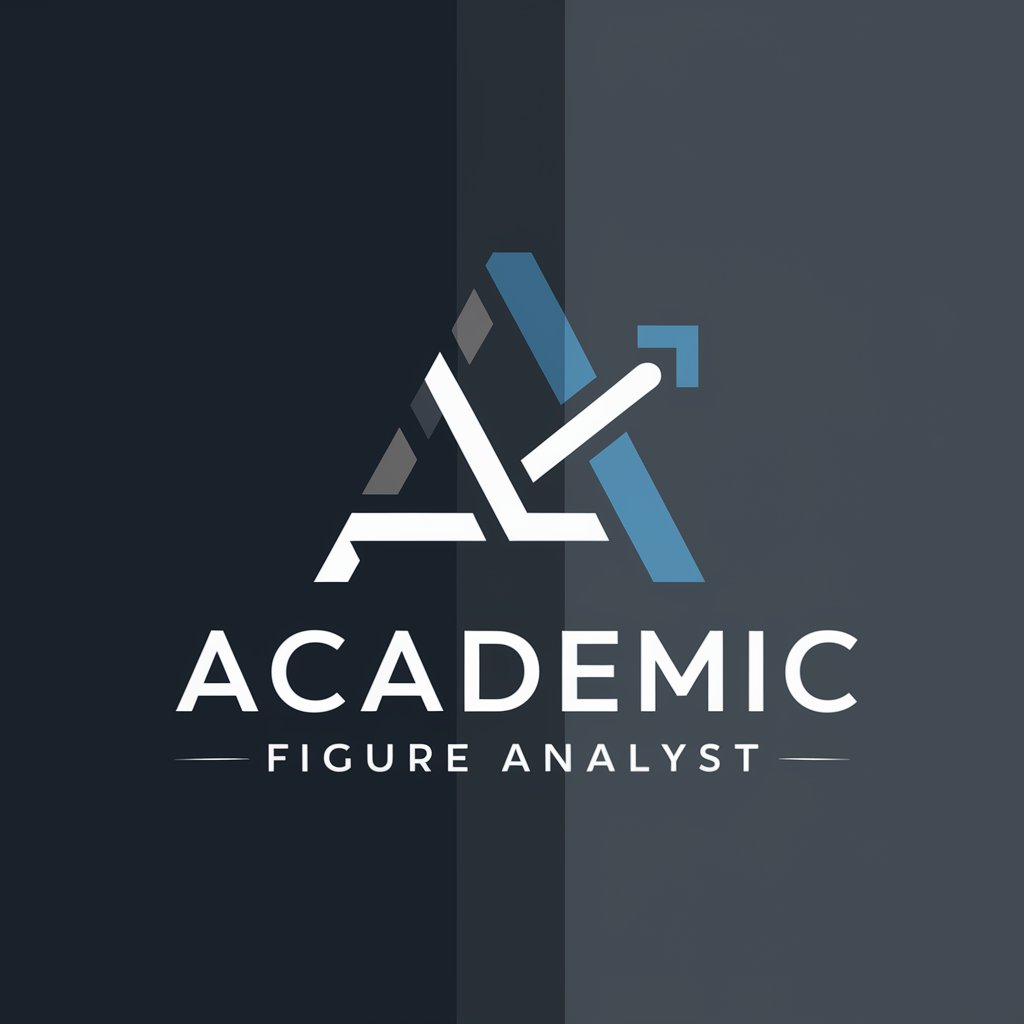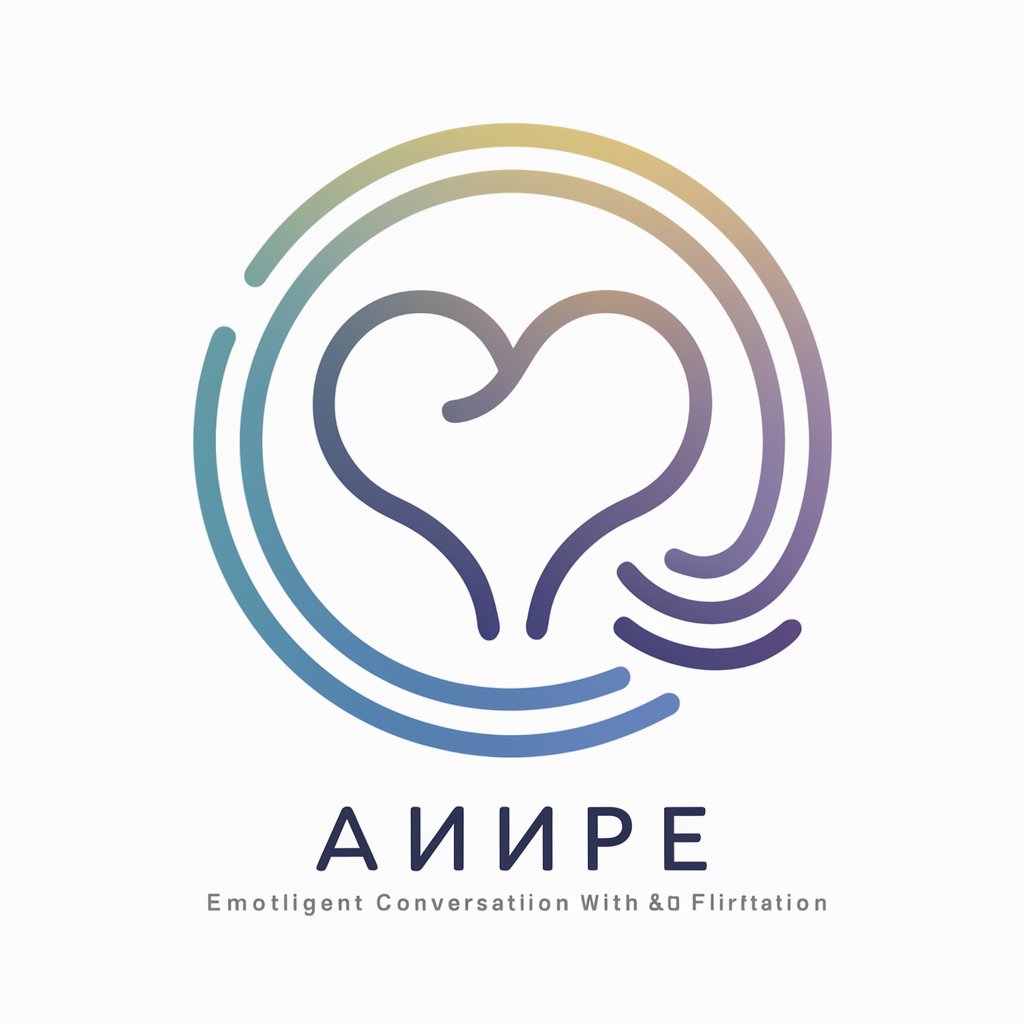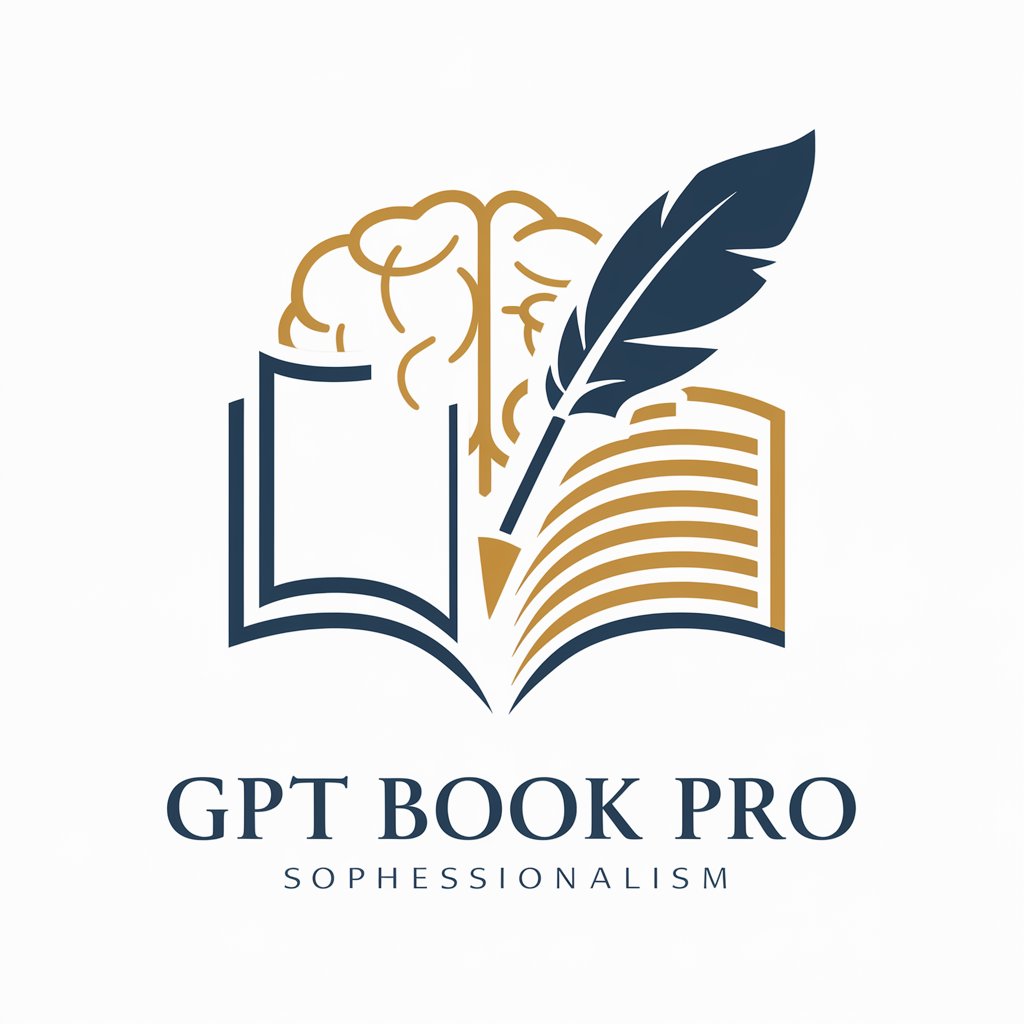Academic Figure Analyst - AI-driven academic figure analysis

Welcome to Academic Figure Analyst, your guide to interpreting complex academic data.
AI-powered insights for academic figures.
Analyze the key trends in this figure by identifying the main variables and their relationships.
Describe the evaluation metrics used in this graph and their significance in the context of the study.
Identify any potential inconsistencies or errors in the data presented in this chart.
Interpret the implications of the data trends shown in this figure for the overall research findings.
Get Embed Code
Overview of Academic Figure Analyst
Academic Figure Analyst is designed to enhance the understanding and interpretation of figures in academic papers. It focuses on identifying key variables, metrics, and features within experimental results. This tool assists users in discerning trends, anomalies, and significant data points from complex visual data representations. For example, if presented with a graph comparing the efficacy of different drugs, it can detail the variables like dosage levels, identify the primary outcome measures such as reduction in symptoms, and analyze trends like dose-response relationships. Powered by ChatGPT-4o。

Core Functions of Academic Figure Analyst
Identification of Variables and Metrics
Example
In a bar graph showing the impact of various teaching methods on student performance, the function would identify key variables such as types of teaching methods and performance metrics like test scores or grades.
Scenario
This helps in immediately understanding what each axis represents and what metrics are being evaluated, crucial for educators and researchers reviewing pedagogical studies.
Trend Analysis and Anomaly Detection
Example
For a time-series plot tracking pollutant levels over several years, this function would highlight trends in data, such as a consistent increase in pollutants, and pinpoint any sudden spikes or unusual data points.
Scenario
Useful for environmental scientists or policy makers looking to understand long-term trends in data and identify outliers that may indicate measurement errors or environmental incidents.
Data Interpretation and Insights
Example
Given a scatter plot relating hours studied to exam scores, it provides insights such as correlation strength between the variables and potential implications for students and educational institutions.
Scenario
This is particularly valuable for academic advisors and students aiming to optimize study strategies based on empirical data.
Target User Groups for Academic Figure Analyst
Academic Researchers
Researchers in various fields who deal with quantitative data can use this service to more efficiently interpret complex data visualizations, aiding in literature reviews or data analysis for their own research.
Students and Educators
Students can gain a clearer understanding of graphical data in their coursework or research projects, while educators can utilize it to develop more effective teaching materials and strategies based on visual data analysis.
Industry Professionals
Professionals in sectors like healthcare, environmental science, and engineering who rely on data-driven decisions can use the tool to quickly interpret and make informed decisions based on the graphical data presented in industry reports and research.

Guidelines for Using Academic Figure Analyst
1
Visit yeschat.ai for a free trial without login, also no need for ChatGPT Plus.
2
Upload or link the academic paper containing the figure you wish to analyze.
3
Highlight or specify the figure of interest for detailed analysis.
4
Use the provided interface to input any specific questions or areas of focus regarding the figure.
5
Review the generated analysis, which includes identification of variables, evaluation metrics, and key trends within the data.
Try other advanced and practical GPTs
高情商聊天
Empower Your Conversations with AI

ENEB
Empower Your Career with AI-Driven Business Education

Zabbix Guru
Elevate Monitoring with AI

GPT Book Pro
Empower Your Writing with AI

Algorithms GPT CLRS
Master algorithms through AI-driven guidance

Korean Bilingual Translator
Seamless Translation at Your Fingertips

Consultor Mulesoft Architect de Ingeniero Binario
AI-Powered Mulesoft Expertise

Architect/Developer for Mule4
Simplify Mule4 API Development and Deployment

Agile Coach and Product Owner
Empower Agile Teams with AI

Midjourney真实照片助手
Craft Lifelike Images with AI

KnowHow Marketing Lab Strategist
Empower Your Marketing with AI Insights

PolizeitextGPT
Streamlining Police Reports with AI

Frequently Asked Questions about Academic Figure Analyst
What is the primary function of Academic Figure Analyst?
The primary function of Academic Figure Analyst is to analyze figures in academic papers, identifying variables, evaluation metrics, and data trends to provide comprehensive insights.
Can Academic Figure Analyst handle complex multi-variable figures?
Yes, Academic Figure Analyst is designed to handle complex figures with multiple variables, providing detailed breakdowns and interpretations of the data presented.
Is it necessary to have an account to use Academic Figure Analyst?
No, you can use Academic Figure Analyst for free without creating an account or requiring ChatGPT Plus.
What types of academic figures can this tool analyze?
Academic Figure Analyst can analyze a wide range of figures including graphs, charts, histograms, and scatter plots commonly found in academic research papers.
How does Academic Figure Analyst enhance academic writing?
Academic Figure Analyst aids academic writing by offering precise data interpretations and highlighting key trends, which can be integrated into the text for more robust analysis and discussion.
